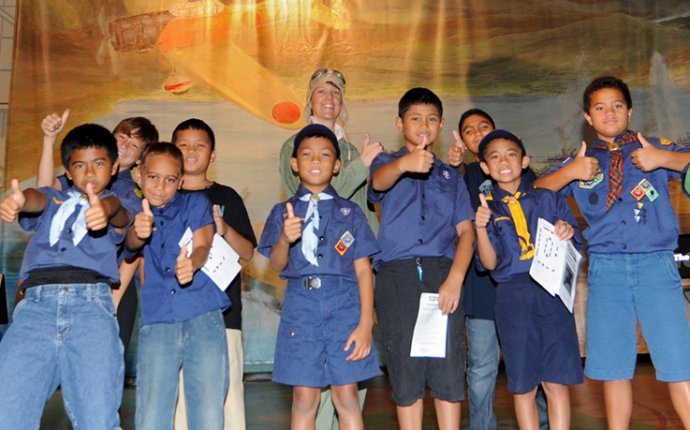
Space exploration Merit Badge Worksheet
- Do the following: a. Tell what radiation is. b. Describe the hazards of radiation to humans, the environment, and wildlife. Explain the difference between radiation exposure and contamination. In your explanation, discuss the nature and magnitude of radiation risks to humans from nuclear power, medical radiation (e.g., chest or dental X-ray), and background radiation including radon. Explain the ALARA principle and measures required by law to minimize these risks. c. Describe the radiation hazard symbol and explain where it should be used. Tell why and how people must use radiation or radioactive materials carefully. d. Compare the amount of radiation exposure of a nuclear power plant worker to that of someone receiving a chest and dental X-ray.
- Do the following: a. Tell the meaning of the following: atom, nucleus, proton, neutron, electron, quark, isotope; alpha particle, beta particle, gamma ray, X-ray; ionization, radioactivity, radioisotope, and stability. b. Choose an element from the periodic table. Construct 3-D models for the atoms of three isotopes of this element, showing neutrons, protons, and electrons. Use the three models to explain the difference between atomic number and mass number and the difference between the atom and nuclear and quark structures of isotopes.
- Do ONE of the following; then discuss modern particle physics with your counselor: a. Visit an accelerator (research lab) or university where people study the properties of the nucleus or nucleons. b. Name three particle accelerators and describe several experiments that each accelerator performs.
- Do TWO of the following; then discuss with your counselor the different kinds of radiation and how they can be used: a. Build an electroscope. Show how it works. Place a radiation source inside and explain the effect it causes. b. Make a cloud chamber. Show how it can be used to see the tracks caused by radiation. Explain what is happening. c. Obtain a sample of irradiated and non-irradiated foods. Prepare the two foods and compare their taste and texture. Store the leftovers in separate containers and under the same conditions. For a period of 14 days, observe their rate of decomposition or spoilage, and describe the differences you see on days 5, 10, and 14. d. Visit a place where radioisotopes are being used. Using a drawing, explain how and why they are used.
- Do ONE of the following; then discuss with your counselor the principles of radiation safety: a. Using a radiation survey meter and a radioactive source, show how the counts per minute change as the source gets closer to or farther from the radiation detector. Place three different materials between the source and the detector, then explain...
Source: www.meritbadge.org











